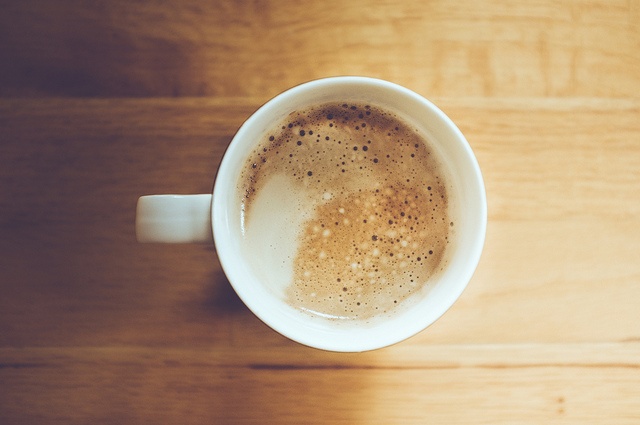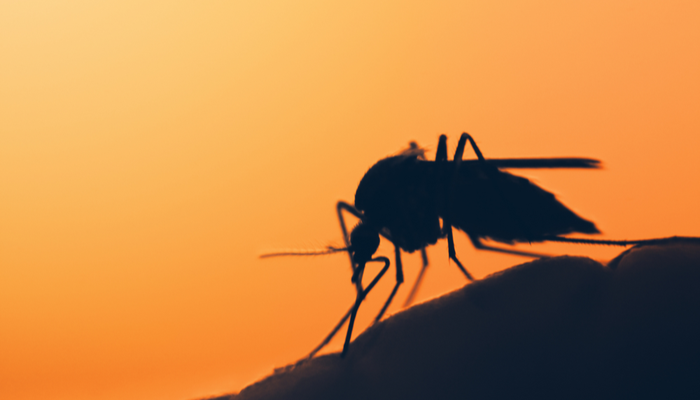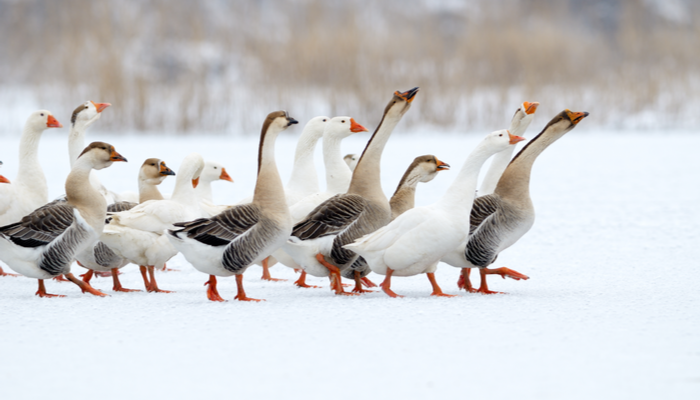The coffee-fuelled workforce of today simply couldn’t function without a daily dose of their beloved caffeine concoction and scientists are no exception. There are even some stats to prove it – we know you love those! There’s also a good chance you’re reading this with your boiled beverage of choice brewed and bound firmly in hand. (That’s certainly how this was written anyway.)
Caffeinated cavalry
There’s no denying that the many sleep-deprived workings of the subconscious mind would not have culminated in scientific discovery were it not for our sacred caffeine. No discussion on this psychoactive stimulant would be complete without at least acknowledging other means by which to obtain that all important caffeine kick – we’re talking about tea and chocolate of course. These might not contain as much caffeine as coffee but hey, caffeine is caffeine. Or is it? Was all caffeine created equal? Turns out it could have more than one evolutionary origin.
 Image: Flickr/Basheer Tome/Morning Coffee/CC BY 2.0
Image: Flickr/Basheer Tome/Morning Coffee/CC BY 2.0
Coffee revolution
Coffee has been through a lot in its time. As one apocryphal legend has it, an Ethiopian herdsman noticed his goats ate berries which kept them bleating long after dark. Since then, coffee’s had a tumultuous history – from being cultivated in Arabia to its condemnation in Italy. Thankfully though, this didn’t last too long, as the Pope enjoyed it so much it percolated his papal approval. Coffee culture continued to grow in popularity: being cultivated as far afield as Indonesia, Sumatra and Java to the Caribbean, South and Central Americas. Today it is one of the most successful traded commodities exported by developing countries, with more than 2.25 billion cups sipped, slurped, gulped and guzzled each and every day.
You’d think with coffee being this popular they might have looked into understanding its stimulating origins a little sooner. After all, there are hundreds of coffee plants covering 11 million hectares of our Earth! Deciphering the genetic code that gives certain species the perfectly balanced blend of sweet and spicy aromatics, built-in pest control or super powers to survive even the harshest of droughts or malicious monsoons, could be of great value.
Coffeenomics
Well, it may have been the most prolonged coffee break in history but scientists finally sequenced the coffee genome. More specifically, that of Coffea canephora. This is a member of the Rubiaceae family and one of the parent plants of the hybrid Arabica bean. With the aid of advanced next-generation technologies, which are now more affordable and allow for in-depth sequencing of complex structures, the C. canephora genome was published in 2014 – all 710 mega base pairs (Mb) of it.
That may be one small step for coffee, but it is one giant leap for caffeinated-kind. While we’re reliant on caffeine in the coffee bean to fend off impending deadlines, it has evolved in the coffee plant’s leaves as a means of defending against inquisitive insects (can you really blame them?). Caffeine biosynthesis is reliant on N-methyltransferase (NMT) enzymes. However, the genes encoding these enzymes in coffee are different from those found in tea (Camellia sinensis) and cacao (Theobroma cacao). Somewhere along its evolutionary escapade, caffeine managed to evolve multiple times (at least twice) from independent origins. Yes, even Mother Nature couldn’t resist an extra shot.
A latte perks
Variety really is the spice of life. Whether you’re talking about the difference between a macchiato and a ristretto, or variance in the genomes of coffee plants, it is important for us to explore these differences so that we might exploit their unique properties for the greater good of the grind. In so doing, we’ll be able to pinpoint what makes coffee taste floral or spicy, or identify ways in which it helps plants to fight disease and combat climate change. The caffeine-cautious will be pleased to know that we may even be able to cultivate truly decaffeinated coffee as presently this still contains trace amounts of caffeine (~0.1%).
So perhaps next time you order a tall, skinny, no foam, sugar-free vanilla latte with an extra shot to go, you may ask them to hold the chocolate sprinkles – you wouldn’t want to mix your NMTs!
If you enjoyed this post then be sure to sign up to our free monthly newsletter and we'll send more interesting blogs straight to your inbox.





